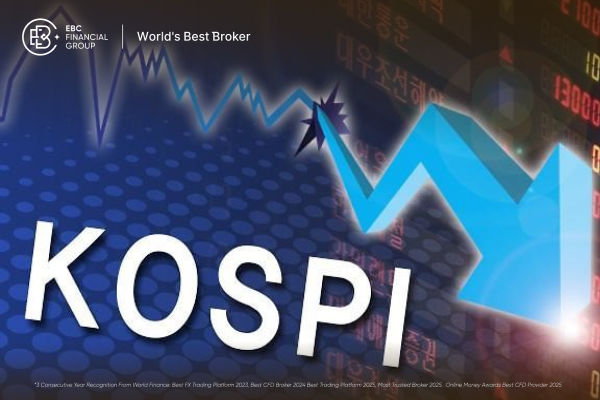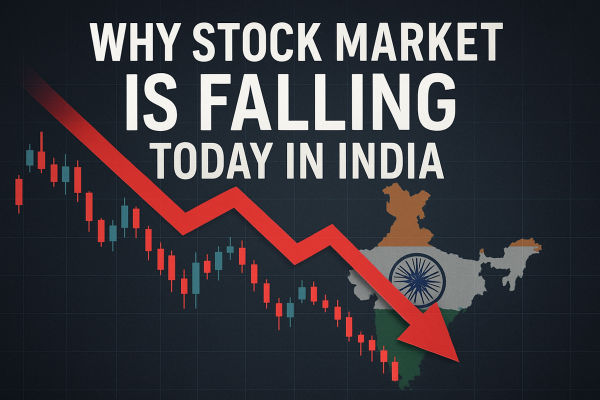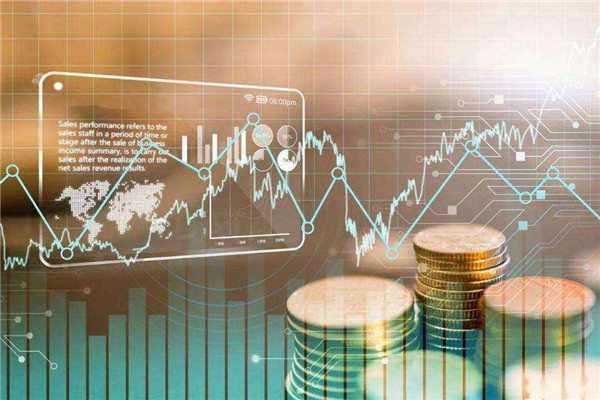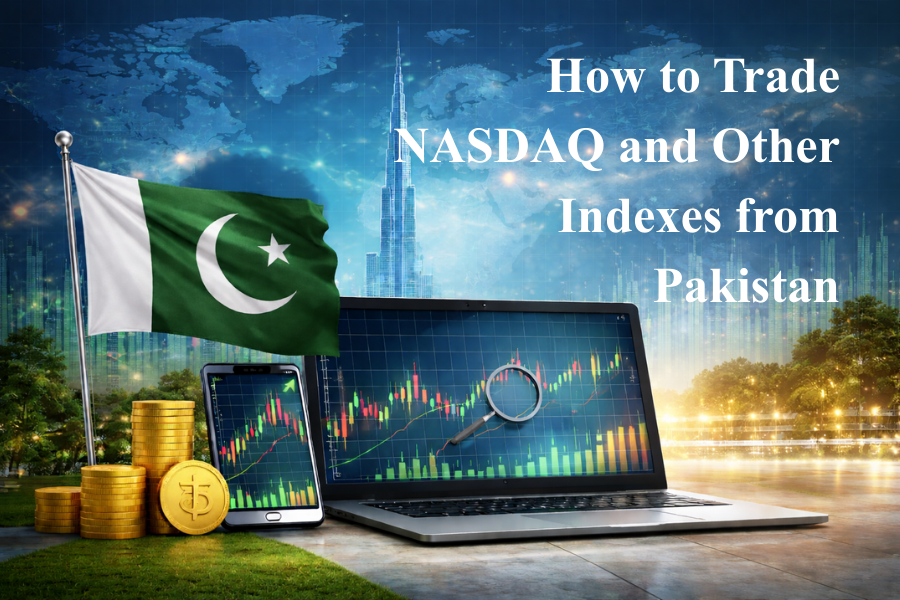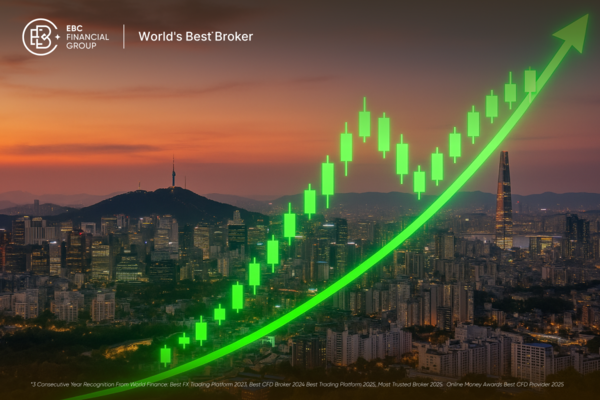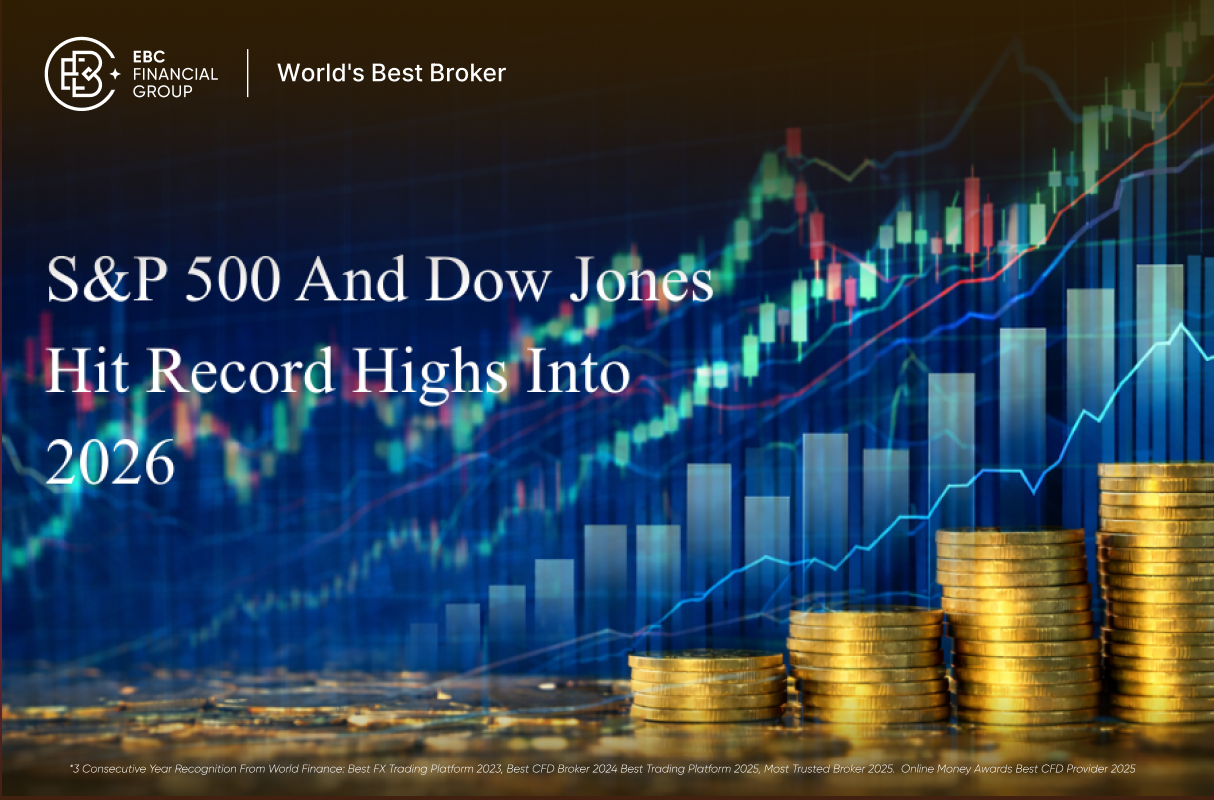What Are Hang Seng Index Futures?
Hang Seng Index Futures (often shortened to HSI futures) are financial contracts that let traders speculate on the future value of the Hang Seng Index—a major stock market index in Hong Kong. Think of them as a way to make a bet on whether the index will go up or down by a certain date. They're used by both professional investors and everyday traders to hedge their portfolios, manage risk, or simply try to profit from price movements.
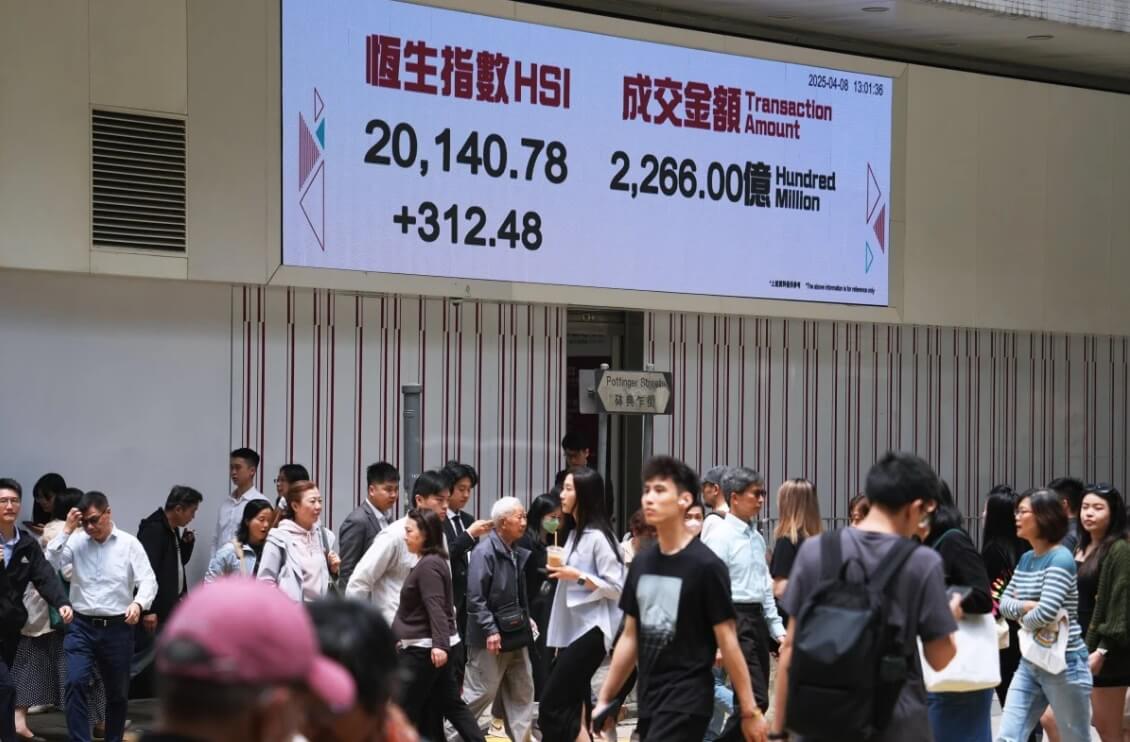 The Hang Seng Index itself tracks the performance of some of the largest and most traded companies on the Hong Kong Stock Exchange, so HSI futures are essentially a tool for getting exposure to the wider Hong Kong market without actually buying individual stocks. They're especially popular among those who want to trade with leverage, which means putting down a smaller amount of money to control a larger position.
The Hang Seng Index itself tracks the performance of some of the largest and most traded companies on the Hong Kong Stock Exchange, so HSI futures are essentially a tool for getting exposure to the wider Hong Kong market without actually buying individual stocks. They're especially popular among those who want to trade with leverage, which means putting down a smaller amount of money to control a larger position.
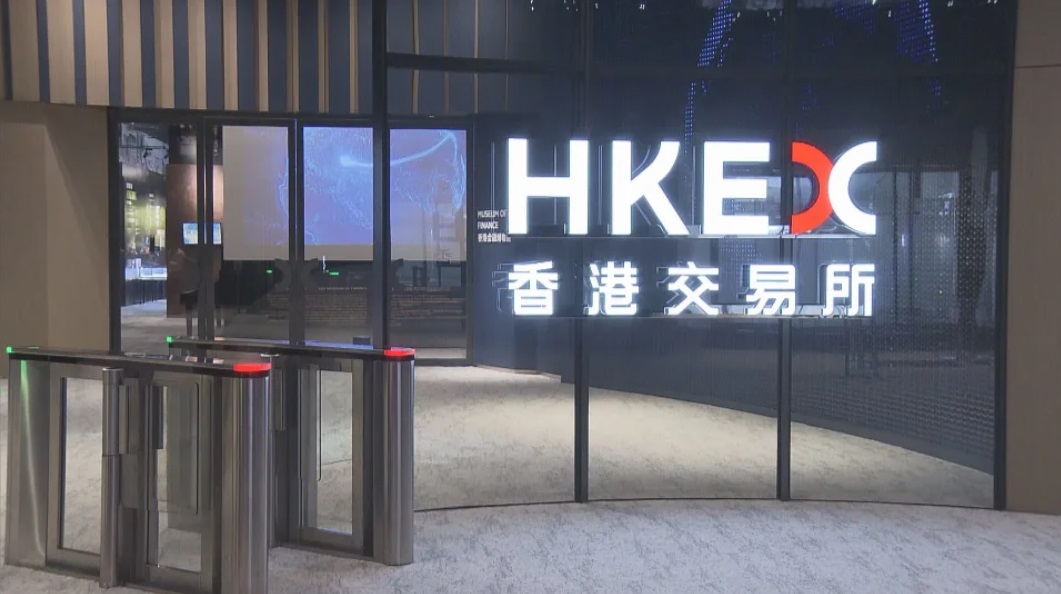
Contract Specifications and Types
To understand how HSI futures work in practice, it helps to look at the contract details. Each standard Hang Seng Index Future contract represents a notional value based on the index's level, multiplied by a fixed amount (HK$50 per index point). So if the index is at 20.000. one contract is worth HK$1.000.000. That's why margin and leverage (which we'll cover shortly) are so important—they allow traders to take positions without having to put up the full value.
If that sounds a bit too large or risky, don't worry. There's a Mini-Hang Seng Index Future as well, which works the same way but with a smaller contract size—only HK$10 per point. This makes it more accessible to retail traders or those just getting started.
Apart from the standard and mini contracts, there are also sector-focused futures like the Hang Seng TECH Index Futures, which are tied to technology-focused companies. These offer more targeted exposure and are ideal if you want to trade a specific part of the market.
Trading Hours and Sessions
Hang Seng Futures are traded through the Hong Kong Futures Exchange (HKFE), and the trading schedule is split into a few sessions to cater to both local and international traders.
The day session runs from 9:15 a.m. to 12:00 p.m., then resumes from 1:00 p.m. to 4:30 p.m. After a short break, the after-hours trading session begins at 5:15 p.m. and continues until 3:00 a.m. the next day. These extended hours are especially useful for reacting to overseas market events or managing risk around the clock.
Thanks to the long trading hours, Hang Seng Futures provide a lot of flexibility. Whether you're an early bird in Asia or trading from a different time zone, there's usually a window that fits your schedule.
Now let's talk about the financial mechanics behind these futures. When you trade Hang Seng Futures, you don't pay the full contract value up front. Instead, you're required to post an initial margin, which is a fraction of the contract's total worth—usually a few percent. This is what allows you to use leverage, meaning you can control a large position with a relatively small investment.
However, leverage is a double-edged sword. While it can amplify gains, it can also magnify losses. That's why it's important to understand maintenance margin, which is the minimum balance you need to keep your position open. If your account balance falls below this level, you'll get a margin call—a warning to top up your account or risk having your position closed.
The Hong Kong Exchanges and Clearing (HKEX) updates these margin levels regularly based on market conditions, so it's essential to stay informed.
Benefits and Risks of Trading HSI Futures
There's no doubt that Hang Seng Futures offer a number of advantages. First, they're highly liquid, meaning it's easy to enter and exit trades. They also trade nearly around the clock, so you can react to news from the US or Europe in real time. Plus, with both standard and mini contracts available, they cater to a wide range of trading styles and account sizes.
However, these benefits come with risks. The use of leverage means losses can pile up quickly, especially in volatile markets. Futures also have expiry dates, so they're not suited for long-term traders looking to "buy and hold." And like all derivatives, they require a certain level of understanding and discipline—particularly when it comes to risk management.
That said, with the right knowledge and strategy, HSI futures can be a powerful tool in your trading toolkit. They offer efficient access to the Hong Kong market and can serve as a useful hedge or a speculative instrument, depending on how you use them.
Disclaimer: This material is for general information purposes only and is not intended as (and should not be considered to be) financial, investment or other advice on which reliance should be placed. No opinion given in the material constitutes a recommendation by EBC or the author that any particular investment, security, transaction or investment strategy is suitable for any specific person.
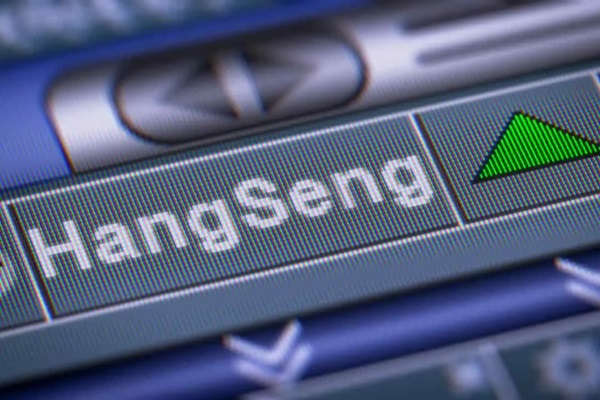


 The Hang Seng Index itself tracks the performance of some of the largest and most traded companies on the Hong Kong Stock Exchange, so HSI futures are essentially a tool for getting exposure to the wider Hong Kong market without actually buying individual stocks. They're especially popular among those who want to trade with leverage, which means putting down a smaller amount of money to control a larger position.
The Hang Seng Index itself tracks the performance of some of the largest and most traded companies on the Hong Kong Stock Exchange, so HSI futures are essentially a tool for getting exposure to the wider Hong Kong market without actually buying individual stocks. They're especially popular among those who want to trade with leverage, which means putting down a smaller amount of money to control a larger position.








